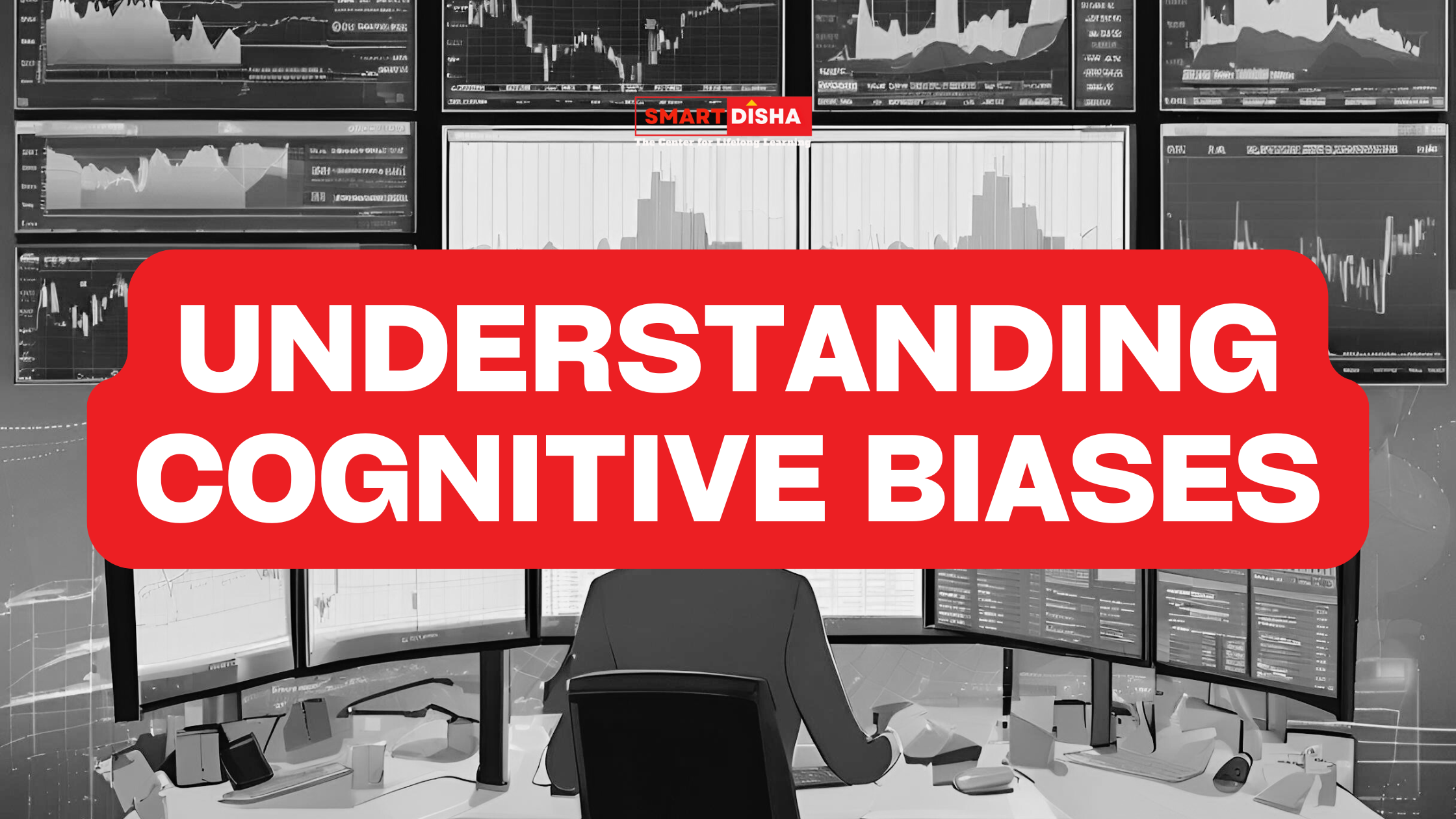In the world of investing, traditional financial theory assumes that investors are rational and always make decisions based on logic and facts. However, behavioural finance presents a different view, suggesting that emotions and psychological biases significantly influence decision-making. These biases can lead to errors in judgement, which in turn affect investment strategies and outcomes. Understanding these cognitive biases is crucial for improving your financial decision-making and minimising avoidable mistakes.
This article will explore the concept of behavioural finance and delve into some of the most common cognitive biases that affect investors.
What is Behavioural Finance?
Behavioural finance is a field of study that combines psychology and economics to explain why people often make irrational financial decisions. Unlike classical finance, which assumes that investors are fully rational, behavioural finance acknowledges that emotions, biases, and heuristics (mental shortcuts) play a significant role in how people behave in the markets.
These biases can cause investors to:
- Overreact to new information
- Follow the crowd (herd mentality)
- Hold onto losing investments due to emotional attachment
- Be overly optimistic or pessimistic based on recent experiences
The study of behavioral finance helps to identify these tendencies and offers insights into how investors can overcome them for better financial decisions.
Common Cognitive Biases in Investing
Let’s examine some of the most common cognitive biases that affect investment decisions and how you can manage them.
1. Confirmation Bias
- Description: This bias leads people to seek out information that confirms their pre-existing beliefs, while ignoring evidence that contradicts them.
- Impact: Investors might selectively focus on news or data that supports their investment choices, which can lead to poor decision-making and missed opportunities.
- How to Overcome: Actively seek out different perspectives and opposing views to challenge your assumptions. A balanced approach leads to better investment analysis.
2. Herd Mentality
- Description: Herd mentality occurs when individuals make decisions based on what others are doing, rather than their own analysis.
- Impact: This often leads to following market trends without fully understanding the rationale, resulting in irrational buying or selling.
- How to Overcome: Develop a strong investment thesis and stick to your strategy. Avoid being swayed by short-term market movements driven by mass behaviour.
3. Loss Aversion
- Description: Loss aversion is the tendency to prefer avoiding losses rather than acquiring gains. Investors tend to feel the pain of a loss more strongly than the pleasure of a gain.
- Impact: This bias can cause investors to hold onto losing investments for too long, hoping to break even rather than cutting their losses.
- How to Overcome: Set stop-loss orders or predetermined exit strategies to prevent emotional decision-making during market downturns.
4. Anchoring Bias
- Description: Anchoring occurs when investors fixate on a specific piece of information, such as the purchase price of a stock, and use it as the sole reference point for future decisions.
- Impact: This bias leads investors to ignore new data and market conditions, holding onto stocks for unrealistic reasons.
- How to Overcome: Regularly update your investment decisions based on new information and focus on the stock’s current fundamentals rather than past prices.
5. Recency Bias
- Description: Recency bias causes investors to overemphasise recent events or trends when making decisions, often ignoring long-term historical data.
- Impact: Investors may assume that recent market behaviour will continue indefinitely, leading to overly optimistic or pessimistic decisions.
- How to Overcome: Take a long-term view by examining historical data and trends. Remember that short-term market movements are often unpredictable.
6. Overconfidence Bias
- Description: Overconfidence bias is the tendency for individuals to overestimate their knowledge, skills, and ability to predict market movements.
- Impact: Overconfident investors might take excessive risks, trade too frequently, or fail to diversify their portfolios.
- How to Overcome: Stay humble and recognize the limitations of your knowledge. Diversification and a cautious approach to risk can help offset the negative effects of overconfidence.
7. Endowment Effect
- Description: The endowment effect occurs when investors value an asset they own more than an identical asset they do not own, simply because it belongs to them.
- Impact: This bias can lead investors to hold onto underperforming assets because of an emotional attachment, rather than making rational decisions.
- How to Overcome: Evaluate all investments objectively, based on their future potential rather than emotional factors.
How Cognitive Biases Affect Investment Performance
Cognitive biases can skew your investment performance by leading you to make decisions based on emotions rather than facts. Some common effects include:
- Overtrading: Excessive buying and selling due to overconfidence or herd behavior can rack up transaction costs and hurt overall returns.
- Poor Timing: Herd mentality or recency bias may cause you to enter or exit the market at the wrong time, potentially missing out on gains or incurring unnecessary losses.
- Under Diversification: Overconfidence bias may lead you to put too much capital into a few investments, increasing risk exposure and reducing potential returns.
By acknowledging and understanding these biases, you can build strategies to mitigate their impact and improve your investment outcomes.
Practical Tips to Overcome Cognitive Biases
Here are some strategies to help you overcome these cognitive biases and make more rational investment decisions:
- Diversify Your Portfolio: Spread your investments across different asset classes and sectors to reduce the risk of overexposure to any one investment.
- Follow a Long-Term Strategy: Stick to your investment plan and avoid making impulsive decisions based on short-term market movements.
- Conduct Independent Research: Make decisions based on thorough research and objective analysis, rather than relying solely on market trends or analyst recommendations.
- Set Clear Investment Goals: Having clear objectives will help you stay focused and avoid emotional reactions to market volatility.
- Consult a Financial Advisor: A professional advisor can provide an objective perspective and help you stay disciplined in your investment approach.
Conclusion: Balancing Emotion and Logic
Behavioural finance teaches us that while cognitive biases are a natural part of human psychology, they can have a significant impact on investment decisions. By recognizing these biases, you can implement strategies to reduce their influence, allowing for a more logical and disciplined approach to investing.
Ultimately, successful investing requires a balance between emotion and reason. Understanding how behavioural finance and cognitive biases affect your decisions is the first step toward making smarter, more informed financial choices.




